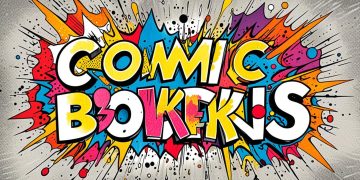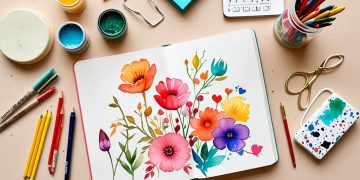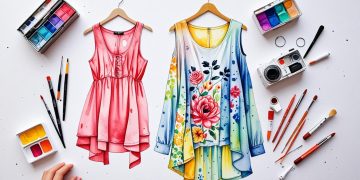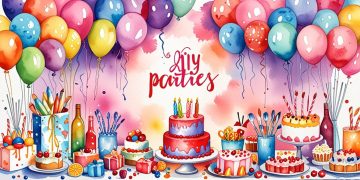
Comics: The Combination of Text and Image as a Form of Creativity
Comics merge text and image to create engaging narratives that resonate widely. They explore complex themes, cultural identity, and social commentary, particularly in Nigeria's evolving comic scene. This medium fosters creativity and collaboration, inviting readers to connect with diverse stories while reflecting local traditions and contemporary issues.

Writing for Childhood: The Magic of Tales and Fables for Children
Storytelling captivates children's imaginations while fostering creativity, emotional intelligence, and cultural connections. Tales and fables, particularly from rich traditions like Nigerian folklore, impart valuable life lessons and enhance vocabulary. Embracing these narratives nurtures young minds and strengthens family bonds, ensuring the enduring magic of storytelling continues to thrive.

DIY Stationery Projects: Creating Customized Notebooks and Accessories with Recycled Materials
Discover the joy of DIY stationery projects by transforming recycled materials into customized notebooks and accessories. Embrace eco-friendly creativity while showcasing personal style and cultural heritage. Engage in sustainable crafting that reduces waste, supports local economies, and inspires others to join the movement towards environmentally-conscious artistry.

DIY Paper Projects: Creating Decorations and Personalized Gifts with Handmade Paper
Discover the joy of DIY paper projects, where creativity meets sustainability. Create stunning decorations and personalized gifts with handmade paper, incorporating cultural elements for a unique touch. Engage in this artistic journey to express individuality, celebrate relationships, and inspire a community of crafting enthusiasts. Embrace endless possibilities today.

DIY for Kids: Creating Educational Toys with Everyday Items
This article highlights the joys and benefits of DIY for kids, encouraging parents to create educational toys from everyday items at home. By engaging in creative projects, children enhance their problem-solving skills, fine motor abilities, and confidence while fostering family bonding and emphasizing sustainability through repurposing materials.

DIY to Revitalize Outdoor Spaces: Creating Furniture and Decor for Gardens
Discover affordable DIY projects to enhance your outdoor spaces, transforming gardens into inviting retreats. From custom furniture to decorative features, these creative ideas celebrate local culture while promoting sustainability. Embrace the joy of DIY to craft unique pieces that reflect personal style and foster connection with nature and loved ones.

DIY Fashion Projects: Transforming Old Clothes into Unique and Modern Pieces
Discover the art of transforming old clothes into unique and modern pieces through DIY fashion projects. Embrace sustainability, save money, and express individuality while rejuvenating your wardrobe. Join a creative movement that honors cultural heritage and promotes eco-conscious choices, ultimately making a lasting impact on personal style and the environment.

DIY for Parties: Creating Custom Decorations and Favors for Celebrations
This article explores the art of DIY for parties, emphasizing the design of custom decorations and personalized favors that reflect Nigerian culture. Embracing creativity and collaboration, it offers practical ideas for enhancing celebrations, fostering community bonds, and creating lasting memories through unique, handmade touches that elevate any event.

DIY Projects for Pets: Creating Customized Toys and Accessories
Discover the joy of DIY projects for pets, where you can craft personalized toys and accessories that reflect your furry friend's personality. Explore creative and cost-effective ideas to enhance their comfort and playtime while promoting sustainability. Strengthen your bond through thoughtful crafting and enjoy the delightful results.

Transforming Recycled Materials into Art: Sustainable DIY Projects for Your Home
Discover innovative ways to transform recycled materials into art through sustainable DIY projects. This guide showcases creative ideas like plastic bottle planters, paper mache sculptures, and glass jar lanterns, emphasizing the importance of environmental stewardship while adding unique decor to your home. Embrace resourcefulness for a greener future.